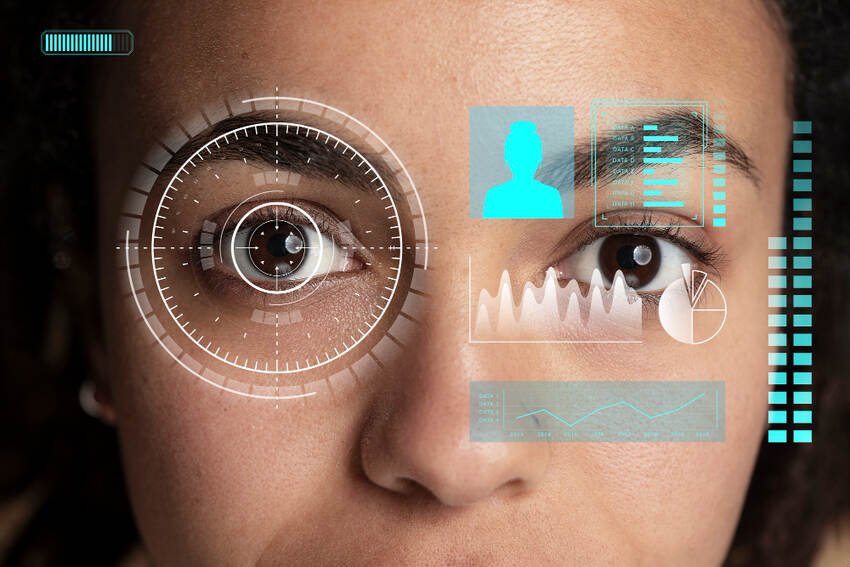AI is making its way into nearly every part of cybersecurity. From threat detection to log analysis, tools powered by machine learning are helping teams work faster and respond more effectively. These systems process large amounts of data and recognize patterns far beyond what a person could handle in real time.
As AI becomes more common in security workflows, it’s changing how organizations handle day-to-day operations. Analysts now use it to sort alerts, identify unusual behavior, and even draft reports. It’s fast, scalable, and useful in the right hands.
But like any tool, it comes with risks. AI systems don’t think—they predict. They make decisions based on data and patterns, which can lead to new types of vulnerabilities if not managed carefully. That’s why it’s important to look beyond the benefits and understand where things can go wrong.
AI’s Expanding Role in Cybersecurity
AI now plays a central role in many security operations. Companies use it to monitor network traffic, flag potential breaches, and support investigations. Some teams rely on large language models to help draft incident responses or summarize alerts. Others use behavior-based models to detect unusual patterns among user accounts.
These tools reduce manual effort, speed up detection, and help close the gap between alerts and action. However, the same systems that bring efficiency also introduce new attack surfaces. Because AI models rely on inputs, whether they’re from users, devices, or other tools, they can be manipulated in ways traditional security software can’t.
One of the clearest risks involves the way language models respond to user prompts. Without strict controls, attackers can manipulate inputs to produce unexpected results. A growing concern involves commands that lead AI systems to act outside their original scope. For real-world cases, look at prompt injection examples—they show how attackers can bypass safety filters or trick models into leaking internal data. These situations aren’t just bugs—they’re security threats, and they highlight the need for stronger safeguards.
As more organizations adopt these systems, the focus must shift from “what can AI do” to “how can it be used against us.” Building models without this mindset leaves gaps that can be exploited.
When AI Misinterprets the Task
AI tools don’t actually understand the tasks they perform; they rely on training data and probabilities. When things go as expected, they work well. However, small variations can lead to incorrect outputs that seem accurate on the surface.
For example, a model may flag a false positive as a critical threat or miss an actual attack because it looks statistically safe. In both cases, the system hasn’t failed, but has followed its training. That’s the core problem. These systems act based on input patterns, not true comprehension.
This can create confusion or wasted effort for security teams. It also adds risk when automated actions follow flawed decisions. When AI misreads intent or context, the results can damage trust in the system and create delays during response.
Risks in Automated Decision-Making
AI can be trained to take action, not just flag issues. Some systems are built to block users, isolate devices, or modify access settings based on detected behavior. While this sounds efficient, there’s a downside. If the AI makes a mistake, it could interrupt operations or create security gaps.
One issue is transparency. Many models operate as black boxes; people don’t always know how a decision was made. When an AI locks out a legitimate user or changes access controls based on a false reading, it takes time to figure out why. During that time, workflows are disrupted.
There’s also the question of accountability. When a tool acts on its own, it’s harder to decide who should review or override its choices. Cybersecurity works best when actions are clear and traceable. Without that, it becomes harder to respond during fast-moving incidents.
Threats from Adversarial Inputs
Some attacks don’t target a system’s network, but instead target its training or inputs. These attacks work by sending crafted data that confuses or misleads the AI. In image recognition, it could be a modified pixel pattern. In cybersecurity, it might look like normal traffic but contain hidden triggers.
This type of manipulation is called an adversarial input. Attackers study how AI systems interpret data and then feed them inputs designed to bypass filters or generate a specific response. If a detection model is tricked into thinking malicious behavior is normal, that threat slips through unnoticed.
Training data can also be poisoned. If the AI learns from flawed or manipulated examples, it may develop blind spots. Once those weaknesses are known, attackers exploit them to avoid detection.
These tactics are harder to spot because they don’t look like traditional exploits. That makes prevention more difficult and calls for stronger testing before deploying AI into production.
Overreliance on AI in the SOC
Security teams often deal with large volumes of alerts. AI helps by sorting, flagging, and summarizing those alerts. But over time, it’s easy to rely too much on what the AI says.
When analysts trust AI-generated summaries or alerts without double-checking, mistakes slip through. False positives waste time. Worse, false negatives give attackers more time to act. Analysts may also start ignoring alerts because they assume the AI has things under control.
AI works best when it supports—not replaces—decision-making. Human review remains necessary. A system that works 95% of the time still puts the entire network at risk during the 5% it doesn’t.
Building AI Systems with Security in Mind
Preventing these issues means building systems that account for risk early on. Developers can’t treat AI models as plug-and-play. Inputs must be filtered. The output should be reviewed. Red teams should actively try to break the system before attackers do.
Rate limiting, user validation, and ongoing audits help reduce exposure. Systems should be tested with adversarial inputs and reviewed often. These are not one-time fixes—they require ongoing attention.
Security also needs to be a shared task. Developers, analysts, and engineers all need to understand how AI fits into the larger system and where it might break.
AI is changing how cybersecurity teams work, but with those changes come new risks. These systems offer speed and scale, but they also behave differently from traditional tools.
The goal isn’t to avoid AI, but to use it wisely. With strong design, clear oversight, and regular testing, AI can support better defense without creating new gaps. Cybersecurity is evolving fast. Awareness and planning help teams keep up without falling behind.
Read Dive is a leading technology blog focusing on different domains like Blockchain, AI, Chatbot, Fintech, Health Tech, Software Development and Testing. For guest blogging, please feel free to contact at readdive@gmail.com.





